First time in the gym? Whether or not it is, or you still haven’t figured out a workout routine that fits your strength yet, it is vital to get a workout routine that suits you.
And for anyone having a fresh start on their fitness journey, what exercises should you go for? How long should you perform them? Keep reading, and you’ll find answers along the way – plus some valuable tips!
Getting Started: Beginner Gym Workout
The idea of going to the gym alone can already make you feel overwhelmed. What’s more, when you’re finally in the fitness centre, and you find yourself uncertain of which exercises to do. It’s also easy to get confused and intimidated when you’re a mere complete beginner.
While it’s normal to feel all these ‘thrills’, doing everything for the first time doesn’t need to be daunting. Having a structured plan helps – but we understand where you’re coming from, so we’ll be guiding you through.
You’re not alone
Most first-time gym goers, if not all, feel exactly the same way. The gym is one of those places that can create a mental barrier, such as imposter syndrome.
On the flip side, it’s the place that really pushes you to step out of your comfort zone to learn and improve. Great empowerment will also help you overcome that lack of confidence over time. And when you do, you’ll feel limitless.
Note: Your gym membership may include an induction with a personal trainer. If so, make the most of the time with them; they’re especially helpful and friendly. They can even help you build an effective workout program and make things a lot easier on your end.
As a beginner, how long should I do the regimen?
Challenge yourself for three months. Throughout that period, set a goal to continue with the fitness program. 30 minutes for each workout is great, then gradually turn it into 45 minutes to an hour.
You should always leave 48 hours between workouts to rest and recover properly. This will give your mind and body time to adjust to doing something new.
As for the ‘days per week workout’, this will depend on your schedule and free time. For instance, a Monday-Wednesday-Friday gym day and Tuesday-Thursday are your active rest days.
How much weight should I lift?
Start at the lower end of the weight spectrum. This means the amount of weight you can lift for one repetition with good form. Eventually, work your way up until you reach about 60% to 70% of your max limit. Slowly increase the weight little by little every week.
Reps and sets explained
A rep is how many times you repeat a certain exercise, and it’s short for “repetition”. Whereas a set is how many rounds of reps you do.
For instance, one pushup is one rep, and 10 pushups are 10 reps. Suppose your goal is to complete 20, you might break your workout up into two sets of 10 reps. This means after doing 10 pushups, take a minute or two of rest, then go for another 10.
How many reps and sets you go for depends on what you’re trying to achieve. Experts suggest doing more reps at a lower weight to improve your endurance. Perform fewer reps at a higher weight for muscle mass build-up.
When it comes to sets, see how many you can complete without compromising your proper form, e.g. three to five. Also, consider the time you have for each exercise. Say, a 20-minute workout. You can allot 5 minutes or more for pushups, then the remaining time for others.
Building Your Routine: Beginner Gym Workout
Your fitness goals should be: not to overwork and underwork your body. Follow these tips, along with a beginner-friendly workout routine, to get started!
1. Warm up your muscles
There’s a lot of value in taking just 5 to 10 minutes of regular stretching before you start any physical activity. For starters, it increases blood circulation and balance of flexibility. This results in improved performance and better results. What’s more, it reduces the risk of any strains or injuries while exercising.
There’s a variety of stretches you can do and add to your routine, but let’s start with the basics:
- Backstretch
- Child’s pose
- Donkey kick
- Downward dog
- Bird dog
For a step-by-step guide, read this pre-workout stretches routine next!
2. Start with cardio
Cardio workouts help strengthen your heart, blast calories and tone muscles. Beginners should focus on medium-intensity activities. These can include walking on the treadmill or elliptical for 20 to 30 minutes at a time. As you become more fit, increase the intensity and duration until you have reached your goal.
To give you an idea, here’s an ideal one-hour gym cardio session:
- Warm up with a light jog or brisk walk for 10 minutes
- Work: Run for one minute, giving it an 8 out of 10 effort
- Recover: Walk or jog for two minutes
- Repeat 10 times
- Cool down with a light jog or brisk walk for 5 minutes
- Stretch to cool down
How it works: During your run, do short bursts at a higher intensity. Ideally, use sprints, but you could adjust the incline to include some hill intervals. During the work periods, you should be exerting yourself hard enough. While during rest periods, you should fully recover; do walking instead of jogging.
3. Incorporate strength training exercises
Strength training can be very rewarding for newbies. Besides the muscle mass increase, it also boosts metabolism. And if you want to improve your coordination, this workout plan is your best bet.
While free weights require good form, machines can guide you through proper movements. This will help you properly target certain body parts.
Start with lighter weights for easy control while learning the proper technique. If needed, hire a professional trainer to help you progress with strength training. They can also tailor exercises according to your body strength needs. Or special medical concerns or injuries.
4. Add core workouts
Building up a strong core can do wonders for your body and overall well-being, including:
- Helping you out in the gym
- Playing sports
- Daily routine (lifestyle)
- Improve your posture
- Help decrease lower back pain
To do so, core exercises such as ab crunches and sit-ups are vital for building strength. They help make moves smoother by providing stability and balance. The core also stabilises each joint. More core workouts to consider:
- Plank
- Reverse crunch
- Bird dog crunch
- Bicycle crunch – sitting
- Glute bridge
Adding these to your gym routine will keep your abdominal muscles stronger too!
5. Practice breathing exercises
Beginners need to understand the importance of proper breathing. During strength training, gradually exhale as you exert force during each movement. Then, inhale during the return/lowering phase of the exercise.
Doing so will facilitate oxygen flow throughout your system. In turn, an improved performance, e.g. during your weight lifting sessions, is promised!
What’s more, if practised regularly, breathing exercises can increase your oxygen levels. Also, get rid of the stale air in your lungs and get the diaphragm to return to its job of helping you breathe.
For a safe and effective workout, try these breathing techniques:
- When running. Breathe in once through the nose and exhale twice through the mouth (in-out-out).
- Doing planks. As you exhale, breathe out as the rib cage contracts back to the deep core. Keep a four-count “in” and a four-count “out”.
- During HIIT. Breathe through the nose, not through your mouth.
- Lifting weights. Say you’re doing bicep curls. Exhale as you raise the weights to curl, then inhale as you lower.
Experts recommend practising breathing during cooldown and stretching too. This will help you get better at taking consistent and even inhales and exhales.
6. Listen to your body
Finally, listen carefully to your body during each workout session. If an exercise causes pain, don’t push yourself too hard. Instead, stop immediately and then speak to one of the gym staff or your PT for advice. Take a break until fully recovered again, depending on how severe the pain is. Focusing on recovery is just as important, if not more, than exercising itself!
Round-up
Take the first 10 minutes to get your body moving, including warm-ups. Cardio machines are a great place to start. Consider taking a walk or light jog on the treadmill, or give the bike a spin.
Whatever strength training, cardio and core workouts you do, don’t forget to breathe in and out. Give yourself a break in between, and make sure not to overwork your body. And there you have it – may these tips help you feel more confident and get the most out of your gym time!



 (
(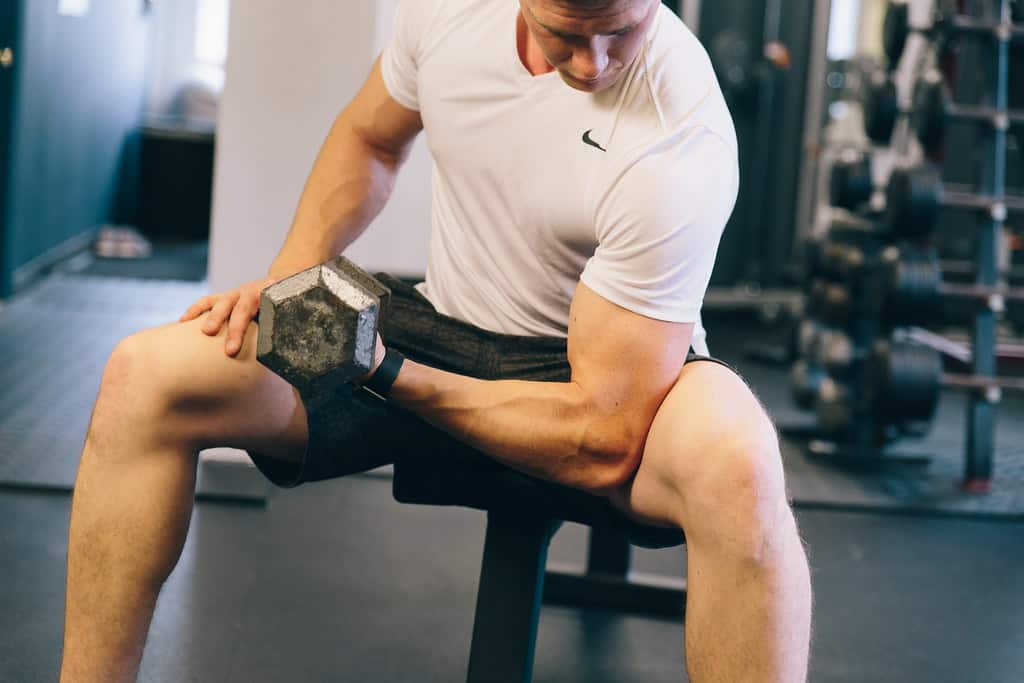 (
(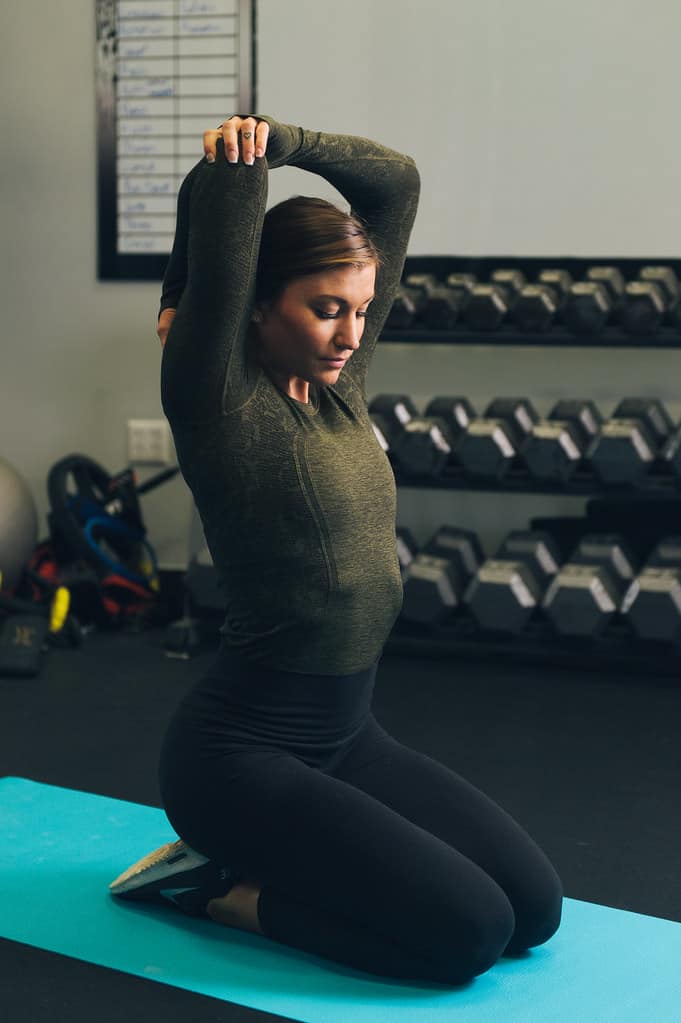 (
( (
(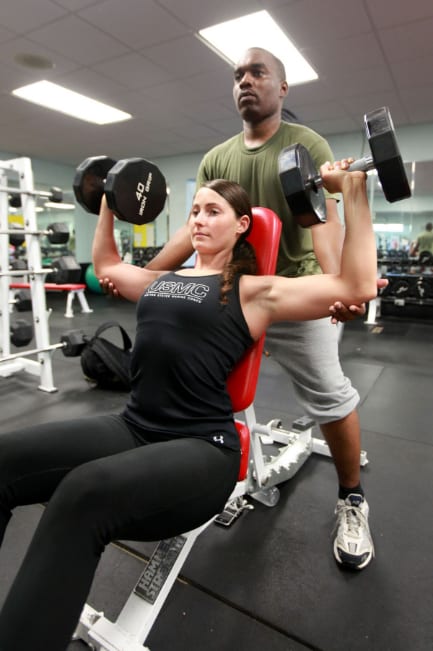 (
(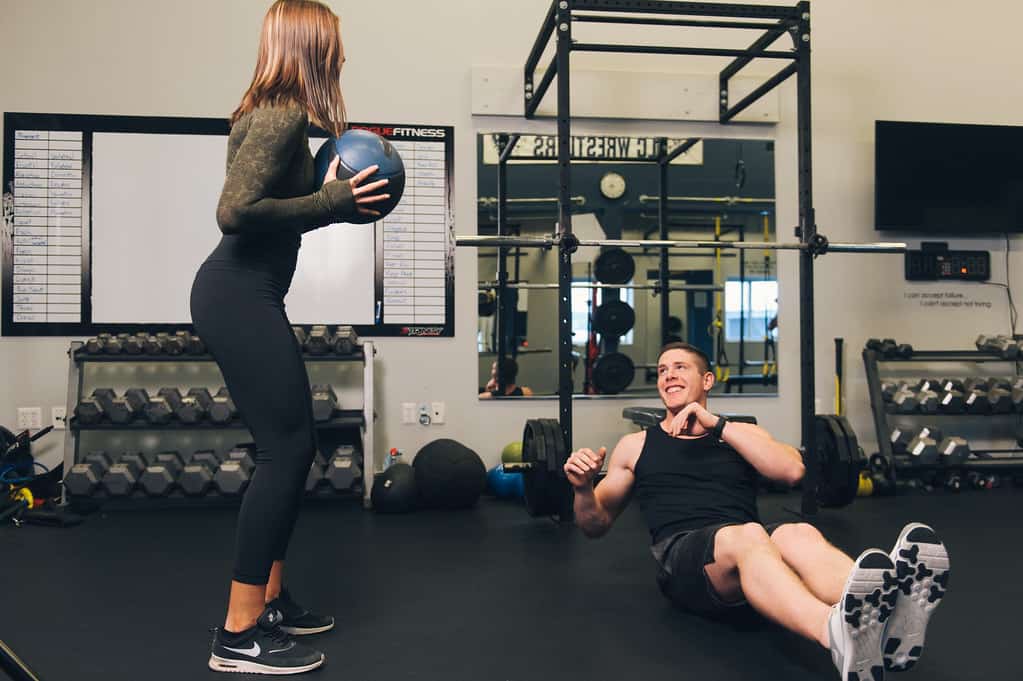 (
(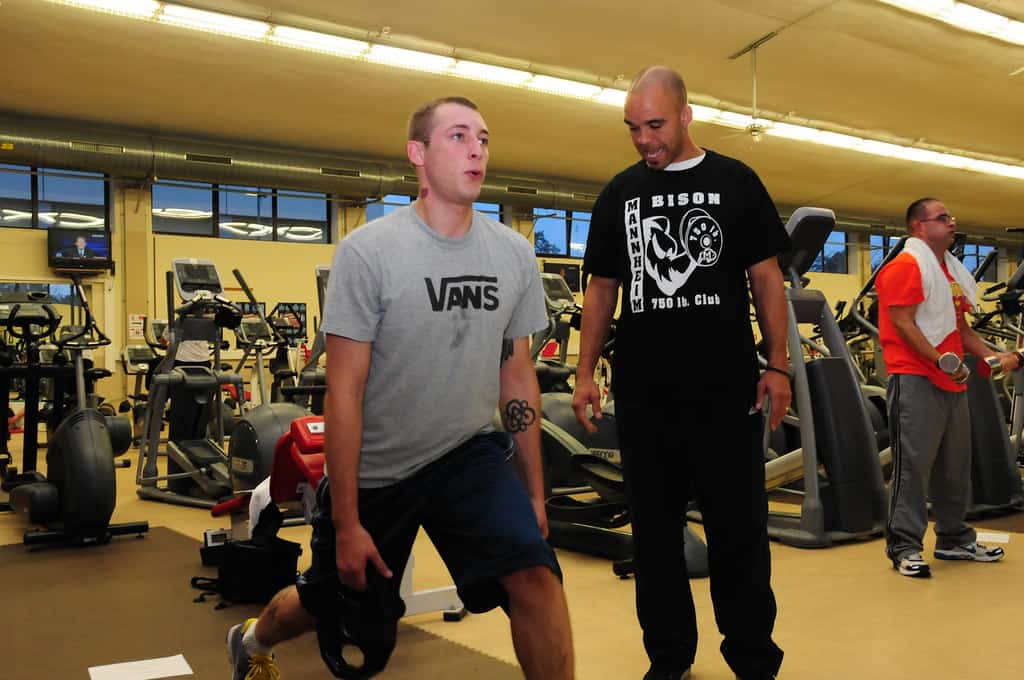 (
( (
(